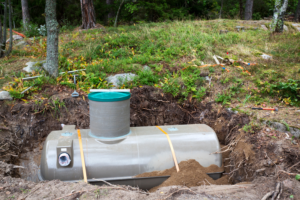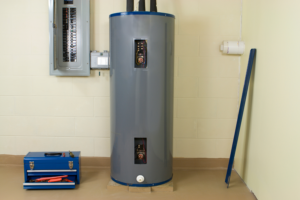
Are you frustrated by the lack of water pressure in your home? Low water pressure can be a common issue that affects various areas, from the shower to the kitchen sink. It’s important to understand the causes of low water pressure in a house, particularly focusing on weak hot water pressure. And we’re here to help provide some practical solutions to help you resolve the problem.
Identifying the Issue:
When dealing with low water pressure, it’s essential to determine the root cause of the problem, as it can often be a telltale sign of underlying issues within the plumbing system. Whether you’re experiencing decreased hot water pressure or low warm water pressure, it’s important that you address the issue promptly to restore optimal water flow throughout your home.
Checking for Leaks: One of the most common causes of low water pressure is leaks in the plumbing system. Inspect both visible and hidden pipes for any signs of leaks, such as water stains, puddles, or dripping sounds. Leaks can occur anywhere in the plumbing system, including pipes, fittings, and fixtures. Repairing any leaks you find can often restore water pressure to normal levels.
Inspect Pressure Regulator: The pressure regulator controls the flow of water into your home and helps maintain consistent water pressure. If the pressure regulator is faulty or malfunctioning, it can result in slow hot water pressure throughout the house. Locate the pressure regulator, typically near the main water line entry point, and inspect it for any signs of damage or wear. If you suspect a problem with the pressure regulator, consider contacting a professional plumber to assess and repair the issue.
Checking for Blockages: Blockages in the plumbing system can restrict water flow and lead to low water pressure at the sink, bathtub, and other parts of the home. Common sources of blockages include sediment buildup, mineral deposits, and debris in pipes, faucets, or showerheads. Inspect fixtures such as faucets, showerheads, and aerators for any signs of blockages. If you find sediment or mineral buildup, clean the affected components thoroughly to improve water flow. For more stubborn blockages, you may need to use specialized cleaning solutions or tools.
Evaluate Water Supply Lines: Low water pressure from the water heater can also be caused by issues with the main water supply line leading into your home. Factors such as pipe condition, size, and obstructions in the water supply line can all affect water pressure. Inspect the main water supply line for any visible damage, such as bends, cracks, or corrosion. Additionally, consider contacting your local water utility provider to inquire about any known issues or maintenance activities that may be affecting water pressure in your area.
By following these troubleshooting tips, you can often identify and address the underlying causes of low water pressure in your home. If you’re unable to resolve the issue on your own or if you suspect a more complex problem, don’t hesitate to seek assistance from a professional plumber. They can help diagnose the issue accurately and implement the necessary repairs to restore optimal water pressure throughout your home.
Low water pressure can be a frustrating problem, particularly when it causes low warm water pressure. By understanding the potential causes and implementing the appropriate solutions, you can restore optimal water flow throughout your home.
If you’re struggling with low water pressure or any other plumbing issue in the South Sound area, don’t hesitate to reach out to FloHawks for assistance. With our expertise and dedication to quality service, we’ll ensure your plumbing system operates smoothly for years to come!











